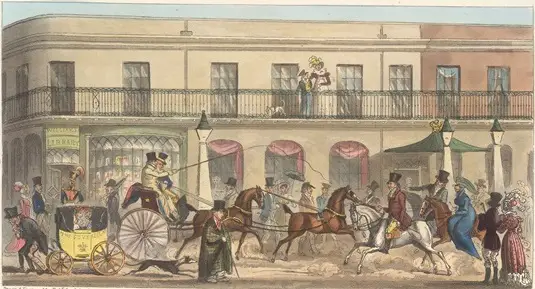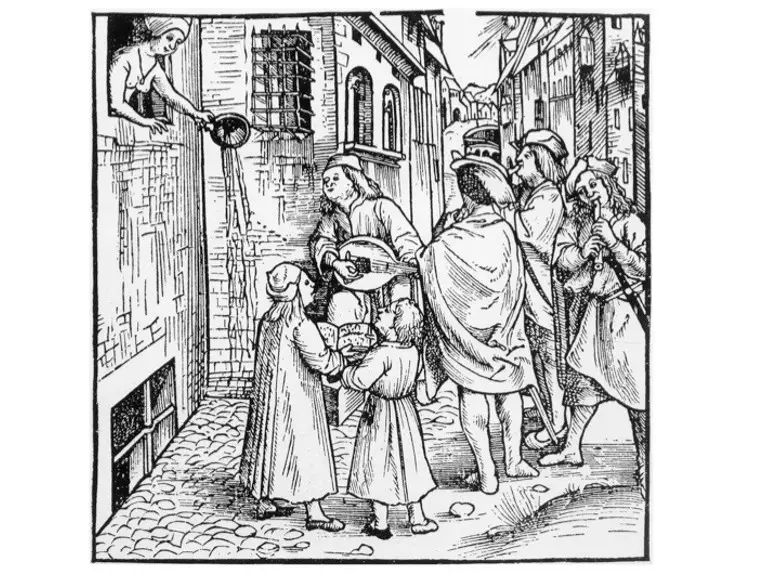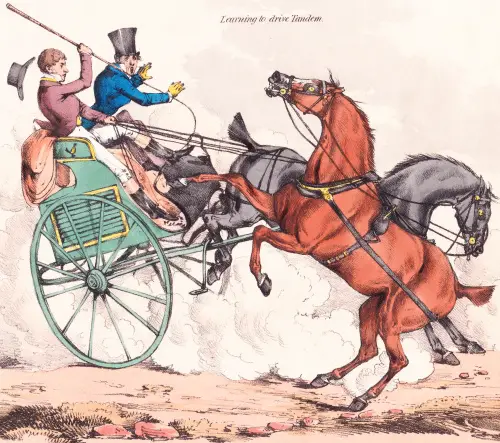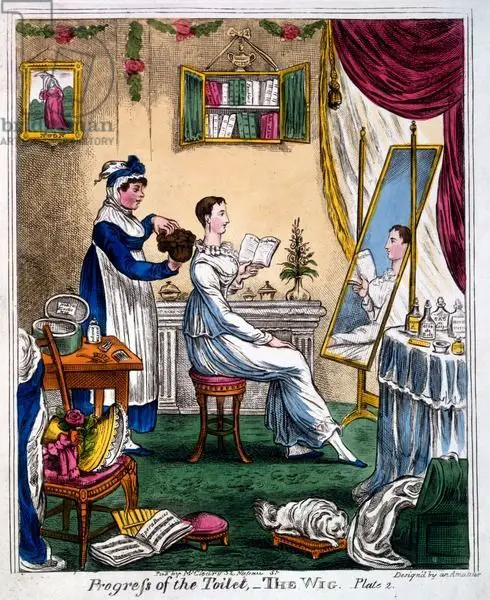The various time periods in the history of England have been divided and named after the kings that ruled the country during those times. For the same reason, the reign of King George I, II, III and IV who ruled England one after the other, is known as the Georgian Era. It lasted from 1714 to 1830 and is often remembered as the time when the foundations of conversion of the English society from traditional to modern was laid.
Even though the Georgian Era is often recalled as that of change, it is also noteworthy that this change was at a very early stage during this time. Consequently, the social life and the general lifestyle of the people was not very updated. There were vast distinctions among the common people on the basis of their social classes and these distinctions resulted in great differences between their health and hygiene.
Social Structure during the Georgian Era
In the history of England, the Georgian Era is a time of massive population growth. There were a number of reasons for the same, the primary one being the development of medical sciences. Before the Georgian Era, there were a number of epidemics that prevailed in British society and had affected the mortality rate of people to a great extent.

Bubonic Plague and Smallpox were considered as the most fatal diseases and a large percentage of infants were dying before the age of two due to these diseases. By the time the Georgian Era began, both smallpox and Bubonic Plague had become a thing of the past. While it seems that people have had developed a natural immunity for Bubonic Plague, the vaccination of smallpox had been discovered.
During the 18th century, the people of England were also not struggling for food as well. The developments that have been brought in the practices of agriculture had made England a country that was producing sufficient food for the increasing population. This had also helped in the growth of the population.
Social Factors affecting Health and Hygiene in the Georgian Era
The Georgian Era is a time period during which medical facilities were improving to a great extent. Even though surgery was at a much primitive stage and most medical practitioners were still following the traditional methods of care like bloodletting and leeches, there were potions like laudanum that were being prescribed.
However, at a general level, the knowledge about the transfer of germs was not available to the people. as a result, it was very common for people to throw away the waste from their houses on the streets. This resulted in a bad situation, where the ugliness of the roads was one of the smallest problems. People were mostly affected by the bad smell that the decomposing garbage used to produce.

Apart from dirty streets and roads, cleanliness was also a cause of concern at most workplaces. Most of the workforce was employed at places that imposed major health risks because of the poor working conditions.
Children used to work immediately after the age of seven, exposing them to a number of diseases, most of them affecting their lungs. The health risks for adults were also innumerable at the workplace, and deaths from accidents while working were also not uncommon.
For the rich people who belonged to the upper classes, there were different types of health risks. Most of the problems that they faced were a result of overeating and obesity. Teeth problems like cavity, heart diseases and diabetes were highly common among them. As riding was a popular sport of the rich, many people used to lose their limbs and even die from accidents while riding.

Besides all of this, the problem of drinking was affecting the rich and the poor alike during the Georgian Era. Due to a sufficient production of corn, alcoholic drinks from the same were being produced at a huge scale.
These drinks were affordable for the poor and the rich liked the intoxication they provided. Popularly known as Mother Gin, the alcoholic drink developed from corn was not only making people of England alcoholic, but also posing a number of health-related threats.
Personal Hygiene of the Georgian Era People
People during the Georgian Era used to live in unhealthy social surroundings. On top of that, there was no awareness of personal hygiene as well. For the poor, the supply of water was highly limited. As a result, rather than spending it on self-grooming and cleaning, they used it for more important activities like cooking.
For the rich, toilets were a very essential part of their houses. However, the toilets were not designed for bathing or cleaning. Instead, these were private chambers where the men and women of the upper classes used to dress up before appearing for their social chores of the day.

While the rich were highly conscious about the way they looked, cleanliness was not a topic of their focus. Bathing was a ritual that used to be taken up once a week. The lack of piper water in all parts of the houses apart from the laundry room was a major reason for this, besides the common ignorance about the need for cleanliness.
Thus, people of the Georgian Era were mostly not clean and paid very little attention, if any, to personal hygiene. Bathing in the public was frowned upon, especially for the women and there were almost no provisions for doing this in private. However, the people used to keep themselves presentable with the use of fragrances, makeup and clean clothes, this practice was only limited to the high social class that could afford it.
The poor people were mostly living in bad and unsanitary conditions. As a result, they were still prone to a number of diseases. Although reduced, infants and women dying during childbirth were very common as well. There was no awareness about nutrition as well. Although, people usually used to make up for deficiencies of nutrients through their routine diets.
